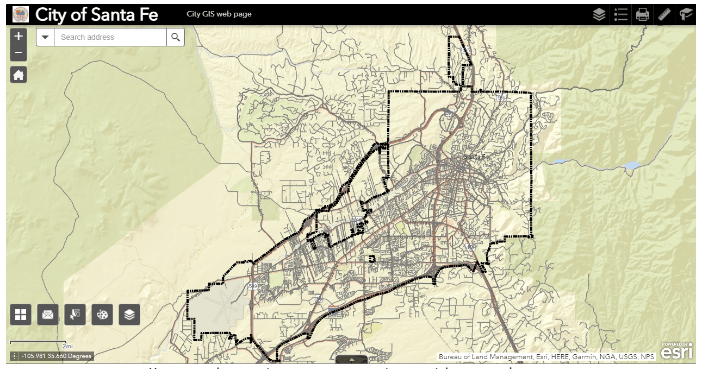When it comes to real estate, understanding property boundaries and easements is crucial for homeowners and prospective buyers alike. These concepts not only define the physical limits of your property but also outline specific usage rights that might affect you and your neighbors. Here's a detailed guide to help you navigate these important aspects of property ownership.
What Are Property Boundaries?
Property boundaries are the legally defined lines that outline the extent of your property. These boundaries are critical for determining where your property ends and your neighbor's begins. Accurate boundaries help prevent disputes and are typically marked by physical features like fences, hedges, or survey markers.
To establish your property's boundaries, you can refer to:
- Property Deeds: These legal documents often include a description of your property lines.
- Property Surveys: A professional surveyor can provide a detailed map of your property, showing exact boundary lines.
What Are Easements?
An easement is a legal right for someone else to use a part of your property for a specific purpose. Common examples include:
- Utility Easements: Allow utility companies to install and maintain infrastructure like power lines or water pipes.
- Access Easements: Provide access through your property to another property, often for driveways or walkways.
- Conservation Easements: Restrict use of the land to protect its natural resources.
Easements can be either temporary or permanent and are usually documented in property records. It's important to understand any easements on your property, as they can impact how you use and develop your land.
Filing with the Assessor's Office
To ensure your property records are up-to-date and legally binding, you need to file certain documents with your local assessor's office. These include:
- Property Survey: This detailed map shows the exact boundaries of your property and is essential for maintaining accurate records.
- Easement Agreement: If you grant an easement, you must file this agreement to document its terms and conditions. This ensures that the easement is legally recognized and enforceable.
Filing these documents helps keep public records accurate and can prevent future disputes over property lines and usage rights.
Understanding property boundaries and easements is vital for any property owner. By knowing where your property lines are and what easements exist, you can better manage your land and avoid potential conflicts. Always ensure that you file the necessary documents with the assessor's office to keep your records accurate and legally binding. If you have any questions or need professional advice, don't hesitate to reach out to a real estate expert.
This is super important because often the filing gets overlooked or forgotten. For example, last week I was sitting with a prospective seller at a listing appointment when we came across 2 warranty deeds that had not been recorded with the county for easements on their property. This is something that really should be cleared up before a property goes live on the market so that it doesn't hold up a transaction and create a problem that could potentially result in a failed sale. I mean really, who wants that? No one!
For more tips and information on managing your property, stay tuned to our blog!



